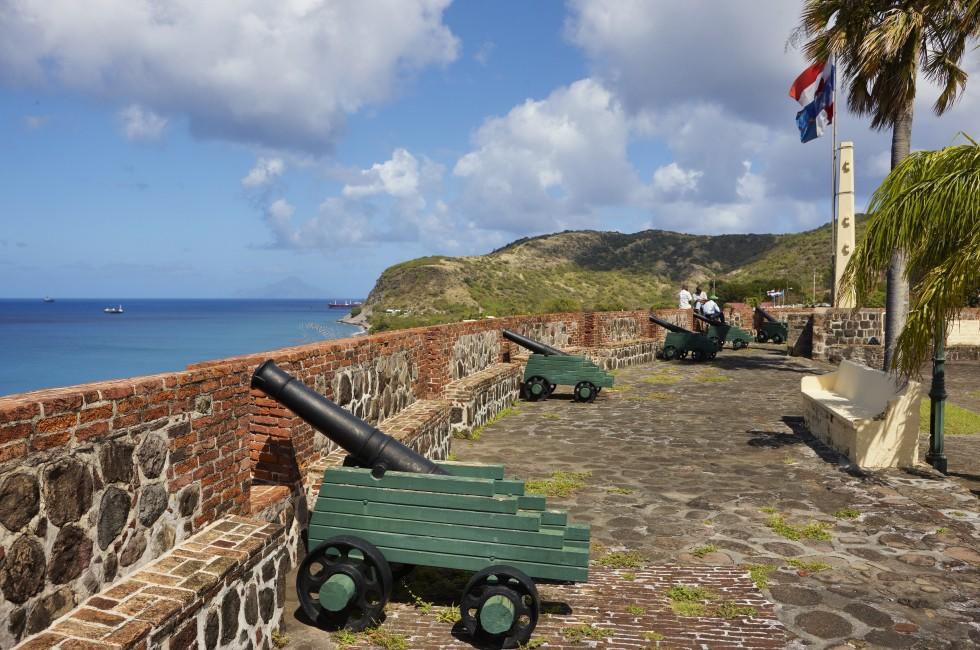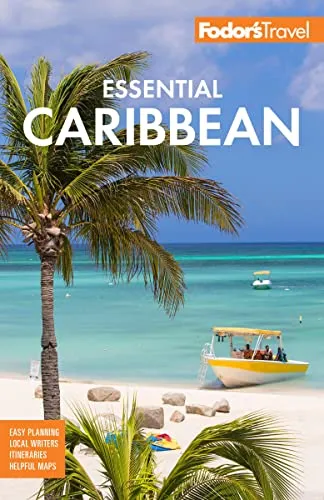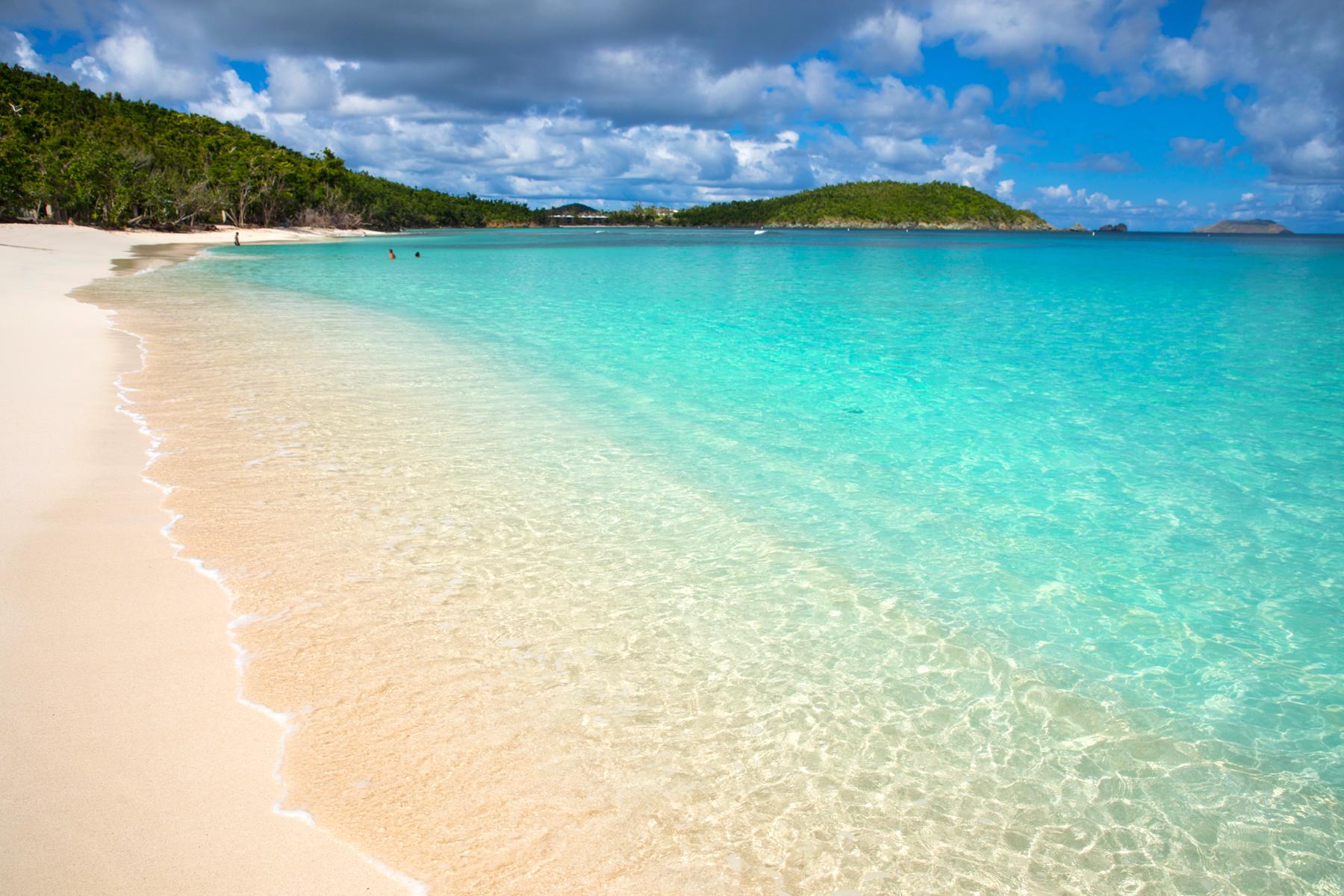St. Eustatius
St. Eustatius
The stars are ablaze, but it's dark on the road between the Blue Bead Bar & Restaurant and the Old Gin House hotel. A black cow and a couple of chickens running across the road constitutes all the traffic, and except for the sound of crickets, there is silence. The island of St. Eustatius, commonly called Statia (pronounced stay-sha), is safe. How safe? The scuttlebutt is that a St. Maarten police officer sent to serve on the island thought he was being punished because there was nothing for him to do. Hotel rooms don't even have safes.
With a population of 3,600, it's difficult for someone to commit a crime—or do most anything else—without everyone finding out. Everyone knows everyone, and that's also a blessing. Statians are friendly; they beep their horns and say hello t...
Read MoreThe stars are ablaze, but it's dark on the road between the Blue Bead Bar & Restaurant and the Old Gin House hotel. A black cow and a couple of chickens running across the road constitutes all the traffic, and except for the sound of crickets, there is silence. The island of St. Eustatius, commonly called Statia (pronounced stay-sha), is safe. How safe? The scuttlebutt is that a St. Maarten police officer sent to serve on the island thought he was being punished because there was nothing for him to do. Hotel rooms don't even have safes.
With a population of 3,600, it's difficult for someone to commit a crime—or do most anything else—without everyone finding out. Everyone knows everyone, and that's also a blessing. Statians are friendly; they beep their horns and say hello to anyone they see. Even day-trippers are warmly welcomed as friends. There are no strangers here.
Think of this tiny Dutch Caribbean island for quiet times, strolls through history, and awesome diving and hiking. While many of its neighbors are pursuing the tourist business big-time, Statia is an island out of time, and that's its charm.
During the late 18th century, this island, located in the Dutch Windward Triangle, was a hub for commerce between Europe and the Americas. When ships carrying slaves, sugar, cotton, ammunition, and other commodities crowded its harbor, it was known as the Emporium of the Western World and the Golden Rock.
With an 11-gun salute to the American Stars and Stripes on the brig-of-war Andrew Doria on November 16, 1776, Statia's golden age ended. Statia's noteworthy role as the first country to recognize U.S. independence from Great Britain was not a gesture appreciated by the British. In 1781, British Admiral George Rodney looted and economically destroyed the island. It has never really recovered.
Indeed, starting in 1795 chaos ensued as the Dutch, English, and French vied for control of the island. As a result the economy died. The Netherlands finally won out, and Statia has been a Dutch possession since 1816, after having changed hands 22 times. Today, it's part of the Dutch Caribbean and a special municipality of the Netherlands.
Remnants of those bygone days are evident all over the island, with informative signs posted near many historical buildings, but to really get to know the island, it is worthwhile to hire one of the excellent local guides to take you around for a couple of hours. Hanging off the cliff at the only village, Oranjestad, is the nearly 370-year-old Fort Oranje, the site from where the famous shots were fired. The original Dutch Reformed Church, built in 1775, occupies an adjacent courtyard. Oranjestad itself, on a ridge above the sea, is lush with greenery and bursting with bougainvillea, oleander, and hibiscus. The rest of the island is rather pristine. The eastern side, bordered by the rough waters of the Atlantic, has an untamed quality to it. Extinct volcanoes and dry plains anchor the north end. Statia's crown is the Quill, a 1,968-foot extinct volcano, its verdant crater host to an elfin rain forest. Hiking to the peak is a popular pastime, with well-marked trails of varying difficulty.
Beaches on the island come and go as the waters see fit, but first-class dive sites are what lure most visitors to the island. Wrecks and old cannons are plentiful at archaeological dive sites, and modern ships, such as the cable-laying Charles L. Brown, have been sunk into underwater craters. Stingrays, eels, turtles, and barracudas live in the undersea Caribbean neighborhood where giant pillar coral, huge yellow sea fans, and reef fingers abound. A necklace of offshore reefs, some fortified by the Dutch to create a seminatural seawall, nurture abundant schools of juvenile fish.
On land, beachcombers hunt for blue beads. The 17th-century baubles, found only on Statia, were used as barter by slaves. The chance of finding one is slim, though you can see them at the island's museum. Pre-Columbian artifacts of the native Caribs, dating as far back as 500 BC, are also on display there.
Statia, 18 minutes by air from St. Maarten, is primarily a day-trip destination. That might be just enough for some visitors. But those who linger can appreciate the unspoiled island, its history, and its peacefulness. Most of all, it's the locals who make a visit to the island special.
Think of this tiny Dutch Caribbean island and envision quiet times, strolls through a rich history, and awesome diving and hiking. While many of its neighbors are pursuing the tourist business big-time, St. Eustatius just quietly exists. That's what makes this island so charming.








